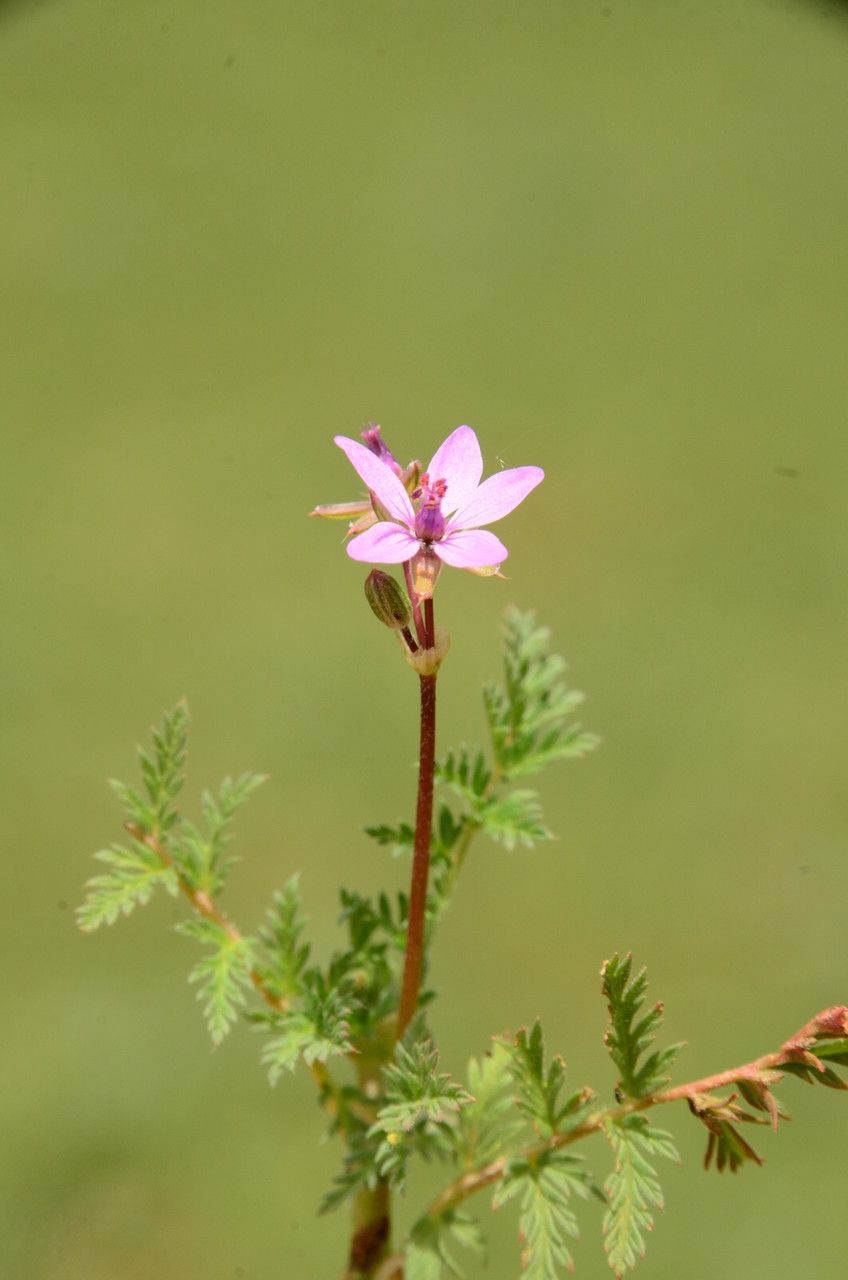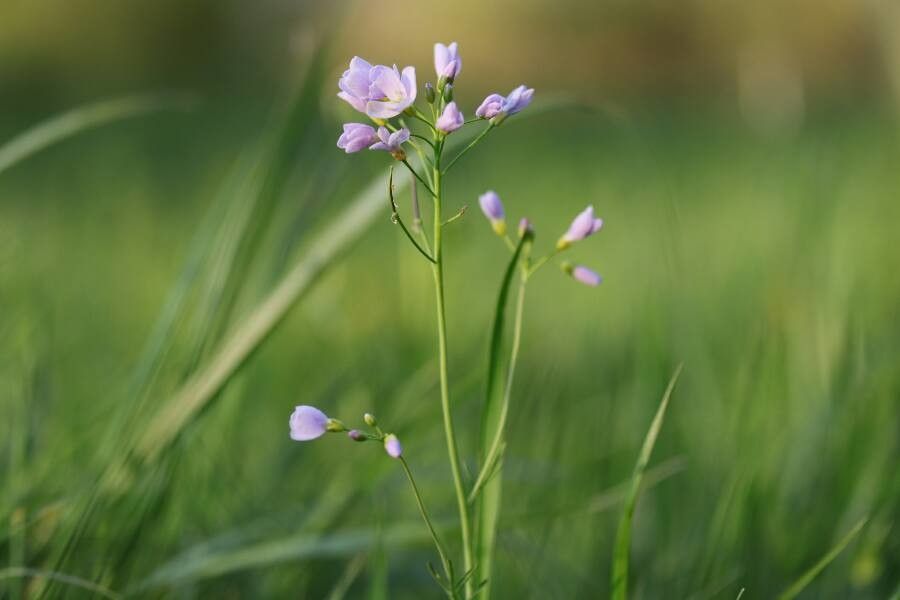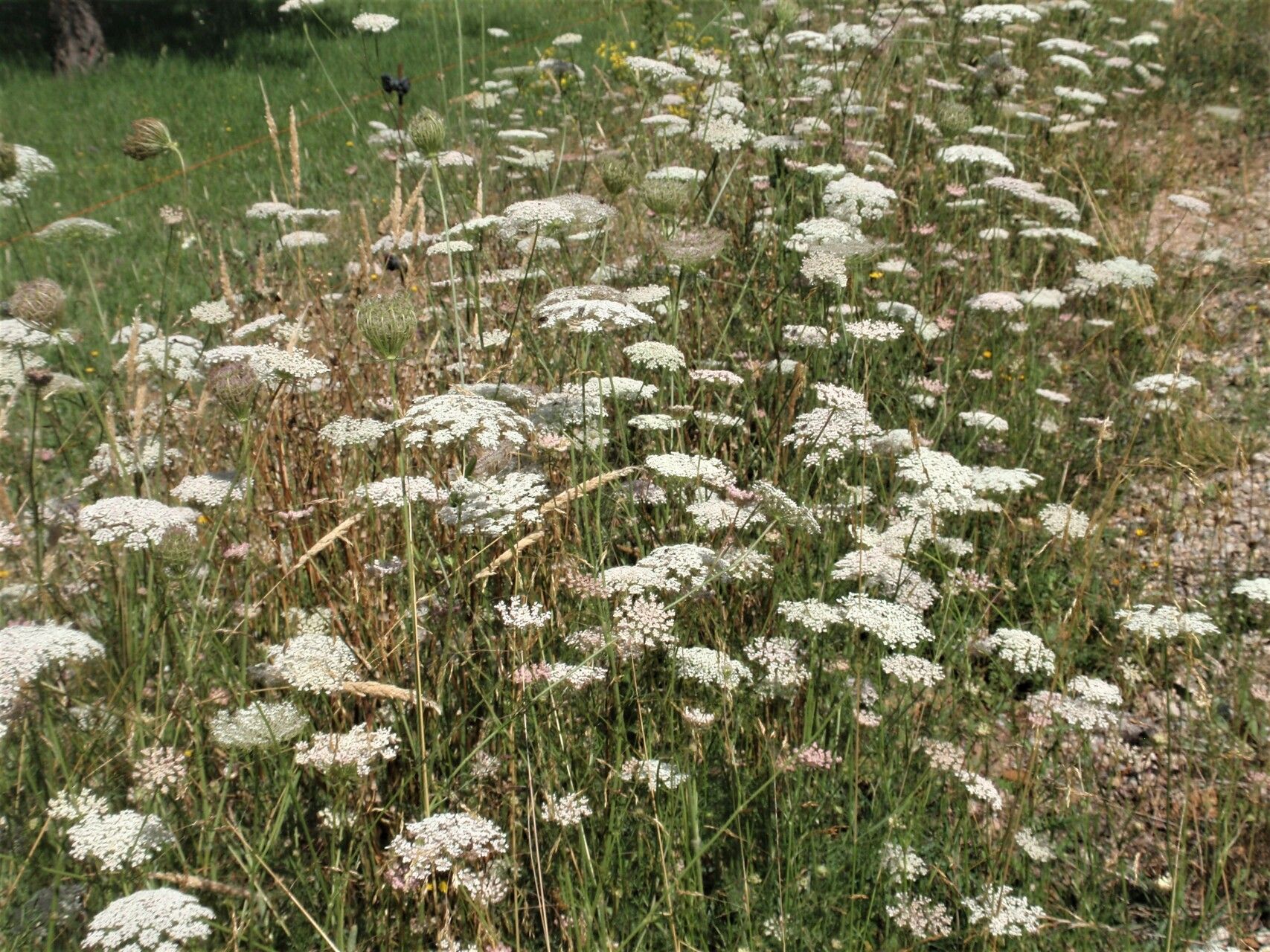## California-Rape: A Comprehensive Guide
California-rape, while a somewhat controversial name due to its association with the term 'rape' (referring to the plant family Brassicaceae and not sexual assault), is a fascinating wildflower belonging to the Brassicaceae family. This family is also known for its edible members, such as cabbage, broccoli, and kale. Let's delve deeper into this intriguing plant.
### Habitat and Growth
California-rape is native to California and thrives in various habitats, frequently encountered along roadsides, in open fields, and in disturbed areas. It's incredibly adaptable, demonstrating a remarkable tolerance for different soil types and conditions. Its growth habit is typically sprawling, forming dense mats in favorable conditions. This adaptability makes it a successful colonizer in various environments.
### Botanical Characteristics
California-rape exhibits a vibrant display of yellow flowers, typically blooming during the spring months. The flowers are characteristically four-petaled, mirroring the typical structure of Brassicaceae family members. Its leaves are often deeply lobed or dissected, creating a distinctive textured appearance. The plant produces seed pods containing small, dark-colored seeds, facilitating its widespread dissemination.
### Sun Exposure and Soil Needs
California-rape thrives in full sun to partial shade. It displays remarkable adaptability to diverse soil conditions, tolerating both well-drained and slightly heavy soils. While it does well in poor soils, enriched soil often leads to more vigorous growth. The key to successful cultivation is ensuring adequate drainage to prevent root rot.
### Cultivation and Care
For those interested in cultivating California-rape in their gardens, it's relatively low-maintenance. Sow seeds directly in the desired location, ensuring adequate spacing to allow for expansion. Regular watering is beneficial, especially during dry periods. However, avoid overwatering, which can lead to fungal diseases.
### Ecological Role and Potential Concerns
California-rape plays a significant role in local ecosystems, providing a food source for various insects and pollinators. It is, however, important to note that in some areas, it can become quite prolific, and this aggressive growth might lead to concerns about its potential to outcompete native vegetation. Careful monitoring is crucial when introducing this plant into a garden or natural setting.
### Distinguishing Features and Potential Confusion
Several plants share a similar appearance with California-rape, highlighting the importance of accurate plant identification. Paying close attention to leaf shape, flower structure, and overall growth habit will assist in distinguishing it from other Brassicaceae species. Referencing reliable botanical resources and, when possible, seeking the guidance of experienced botanists can be immensely helpful.
### Conclusion
California-rape is a resilient and visually appealing wildflower with a significant ecological role. Its adaptability and ease of cultivation make it an attractive option for gardens or naturalized areas, provided that its growth potential is carefully monitored. By understanding its characteristics and ecological context, we can appreciate this fascinating member of the Brassicaceae family.
California-Rape: Complete Guide & Care

Frequently Asked Questions
How to grow California-rape?
Sow seeds directly into well-drained soil in full sun or partial shade. Water regularly, especially during dry periods, but avoid overwatering.
Is California-rape invasive?
While not considered universally invasive, California-rape can become aggressive in certain areas, potentially outcompeting native vegetation. Monitoring its growth is essential.


